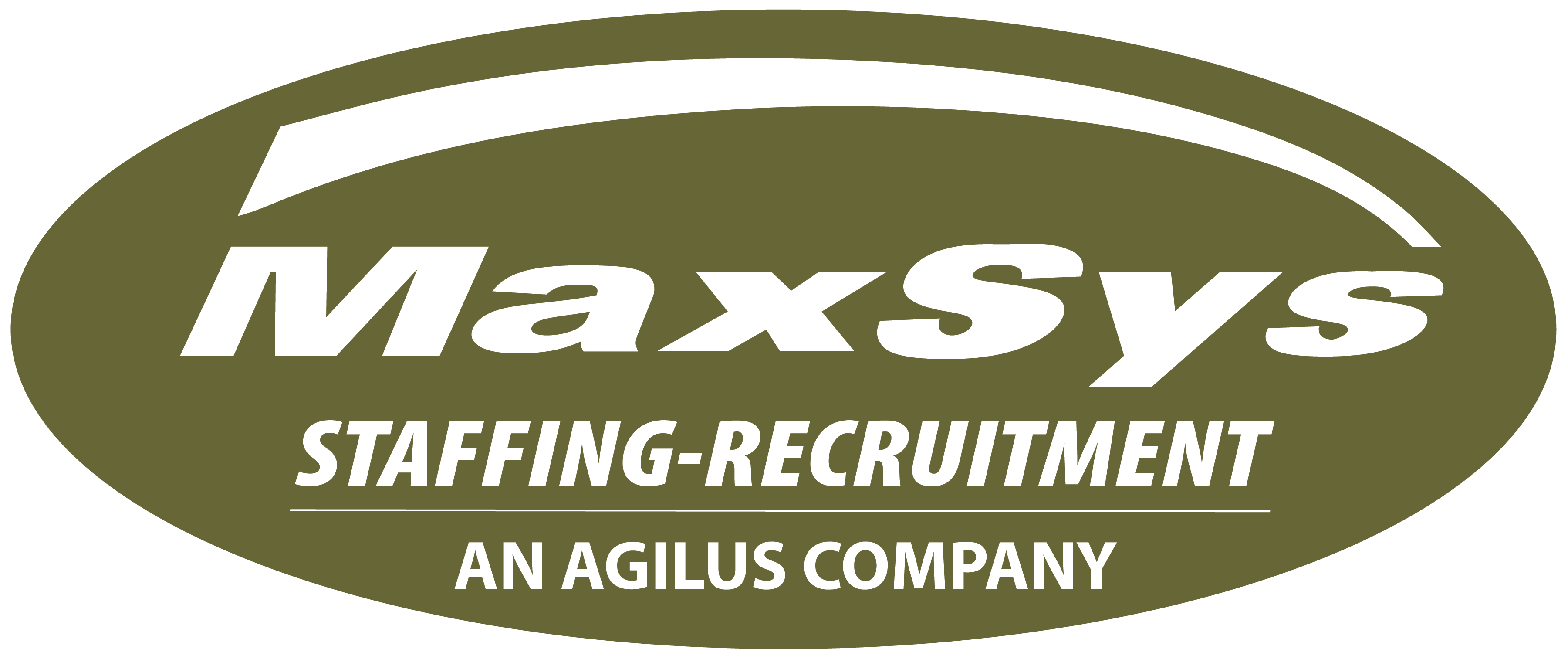December 20, 2021
Removing Discrimination & Harassment from the Workplace
Failing to act can hurt your growth and expose you to legal action. For many years now, eliminating discrimination has been an important goal for employers. As Canada’s population evolves, businesses that fail to adapt to the changing labour force and marketplace may face talent shortages and stagnating growth.
Business owners who care about their reputation, staying competitive and doing the right thing need to dedicate effort and resources. Failing to do so could leave you short of good workers, hurt your growth and saddle you with complaints.
As an over-arching principle, internal policies based on equal opportunity, and objective merit criteria are your best approach. Here are five tips:
1. Study your legal requirements
Look into your legal obligations. Federal and provincial legislation prohibits discrimination on race, gender, ethnicity, age, disability, religion, family status, sexual orientation and other grounds. Some provinces require businesses to adopt policies as part of a broader policy on workplace discrimination and harassment.
Even if a policy isn’t obligatory, it’s still a good idea to adopt one. The policy should outline a process for filing, investigating and documenting complaints; and set out measures to be taken in the case of an incident.
2. Partner with community groups
You can partner with community groups to expand your hiring among specific populations. For example, you can promote job openings to non-profit placement agencies that work with new immigrants, handicapped individuals, or older workers.
3. Eliminate hiring biases
Review your hiring process to ensure equal opportunity and objective assessment criteria. It’s common for hiring to be biased—often unconsciously. Employees responsible for hiring should also learn how to understand international credentials. It’s also important to evaluate candidates based on new capacities they may be able to bring to your business.
4. Adapt your onboarding
Review your onboarding process to make sure it’s thorough and equally applied. A well-thought-out process helps ensure new hires integrate smoothly and sends a message that your organization is professional. If you spend time upfront with new employees, over the long term they will be more confident, engaged and productive.
5. Review your training and policies
Adapt your training to accommodate the needs of different workers within economic reason. For example, consider training for candidates who lack some skills but could otherwise be good employees. It can also be helpful to track your performance in hiring, so that it is reflective of Canadian society and if it is successful. For example, high turnover is counterproductive and costly.



